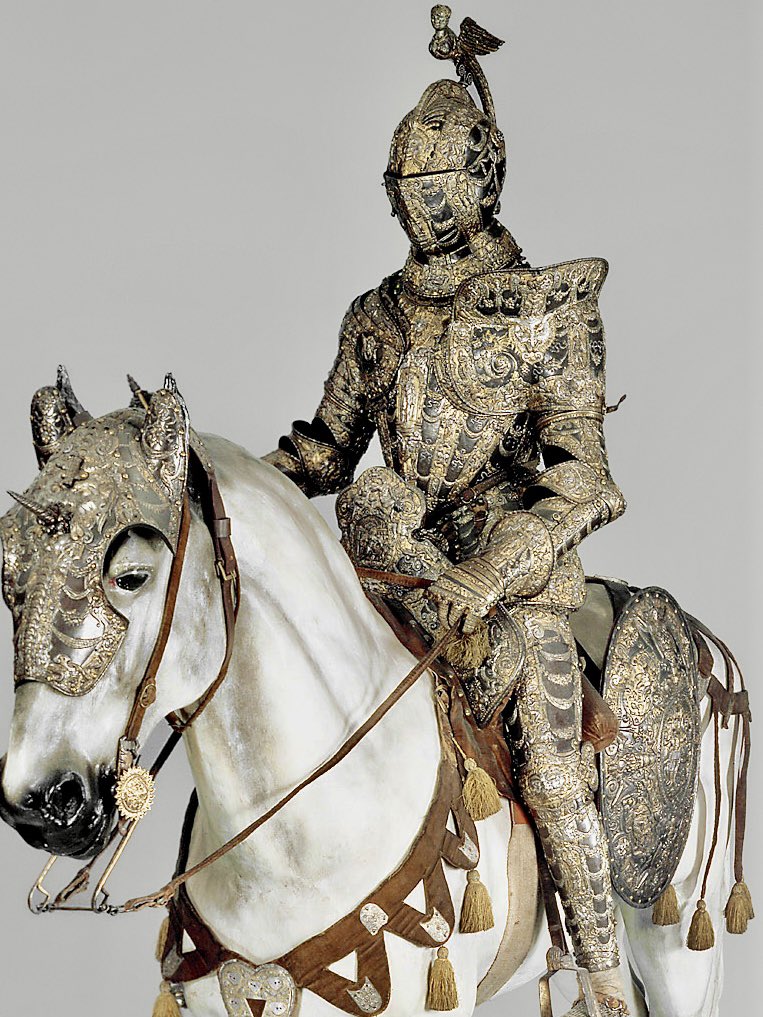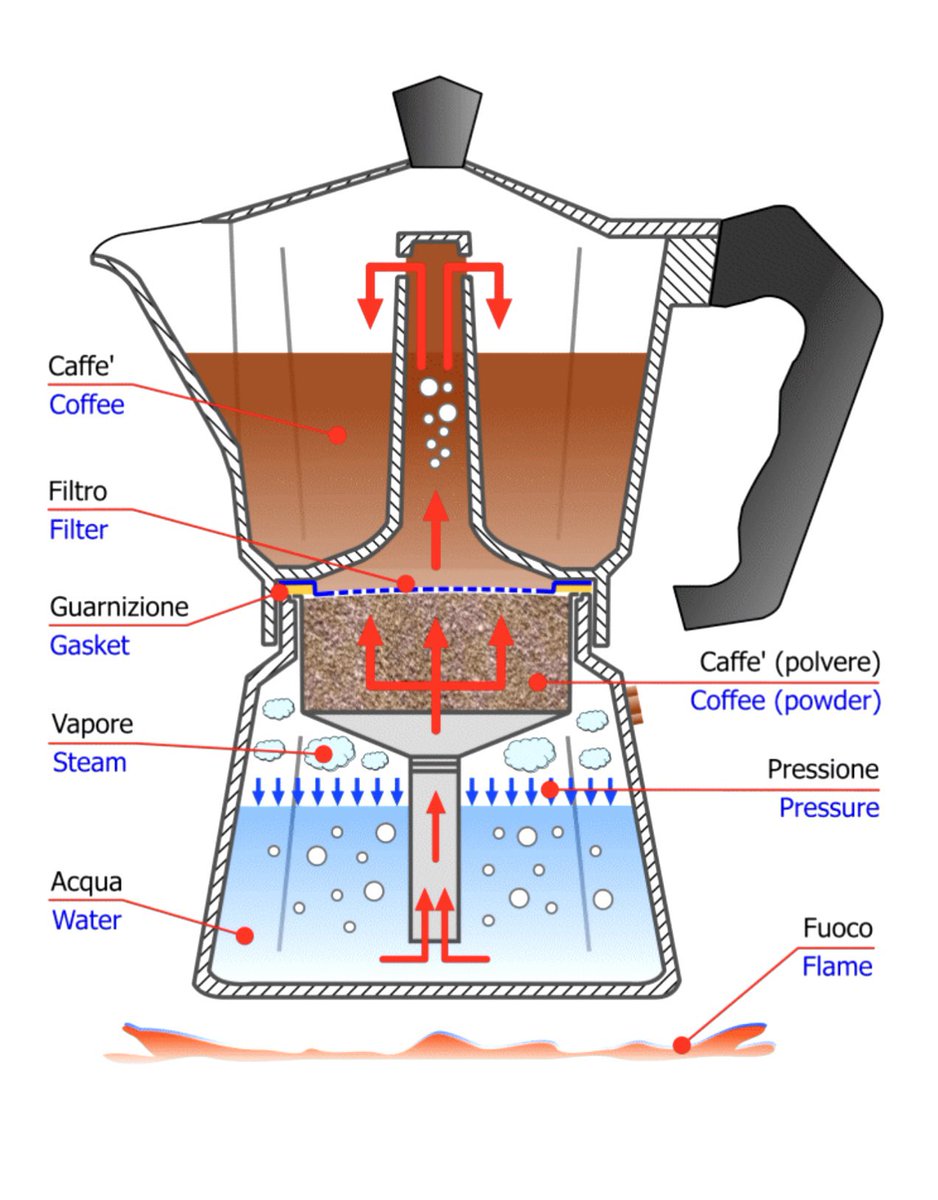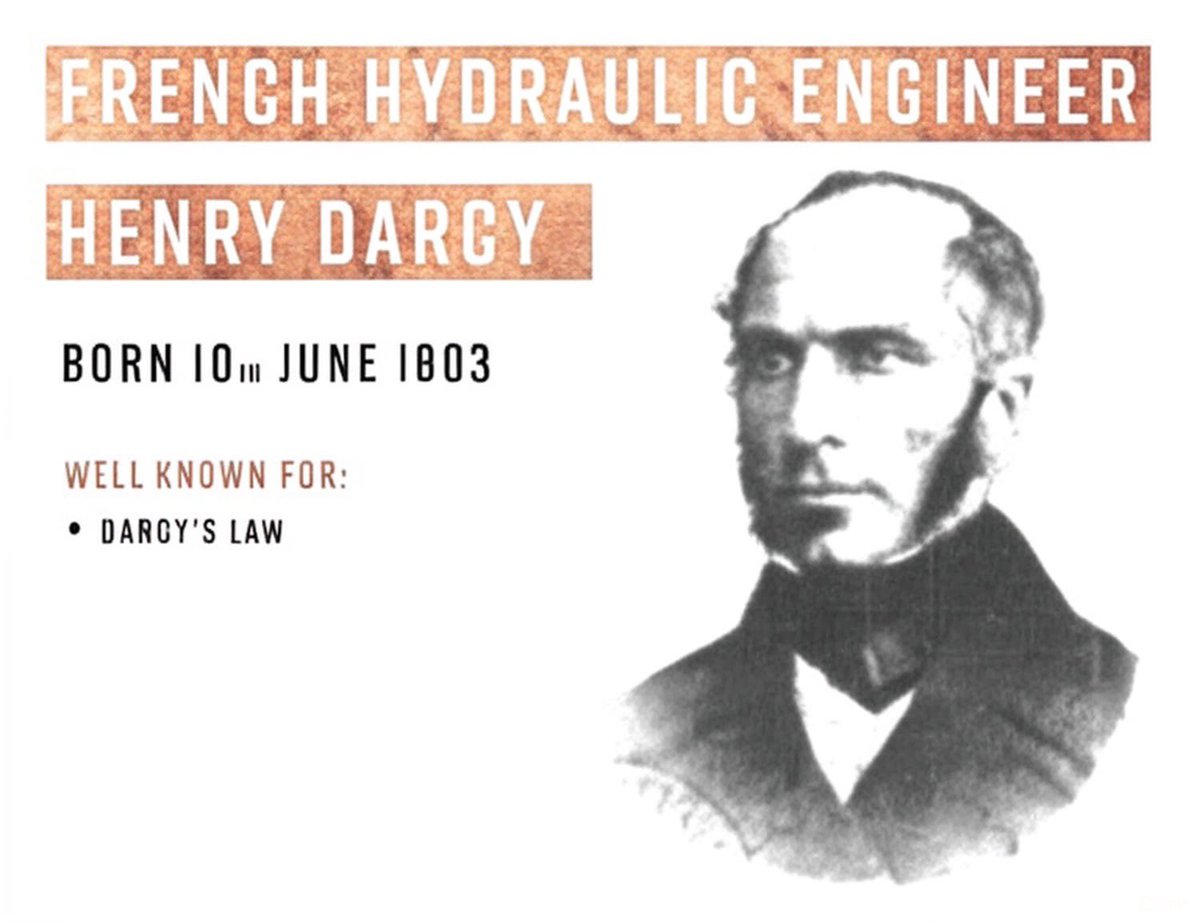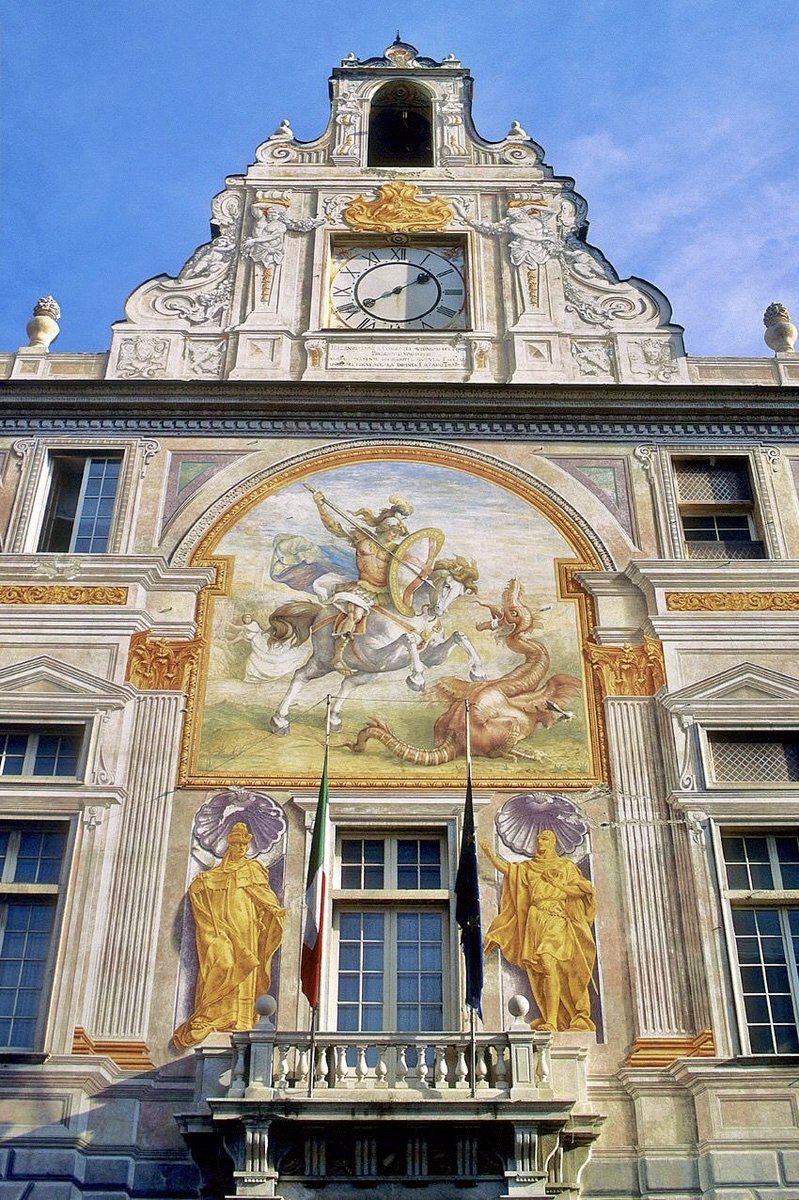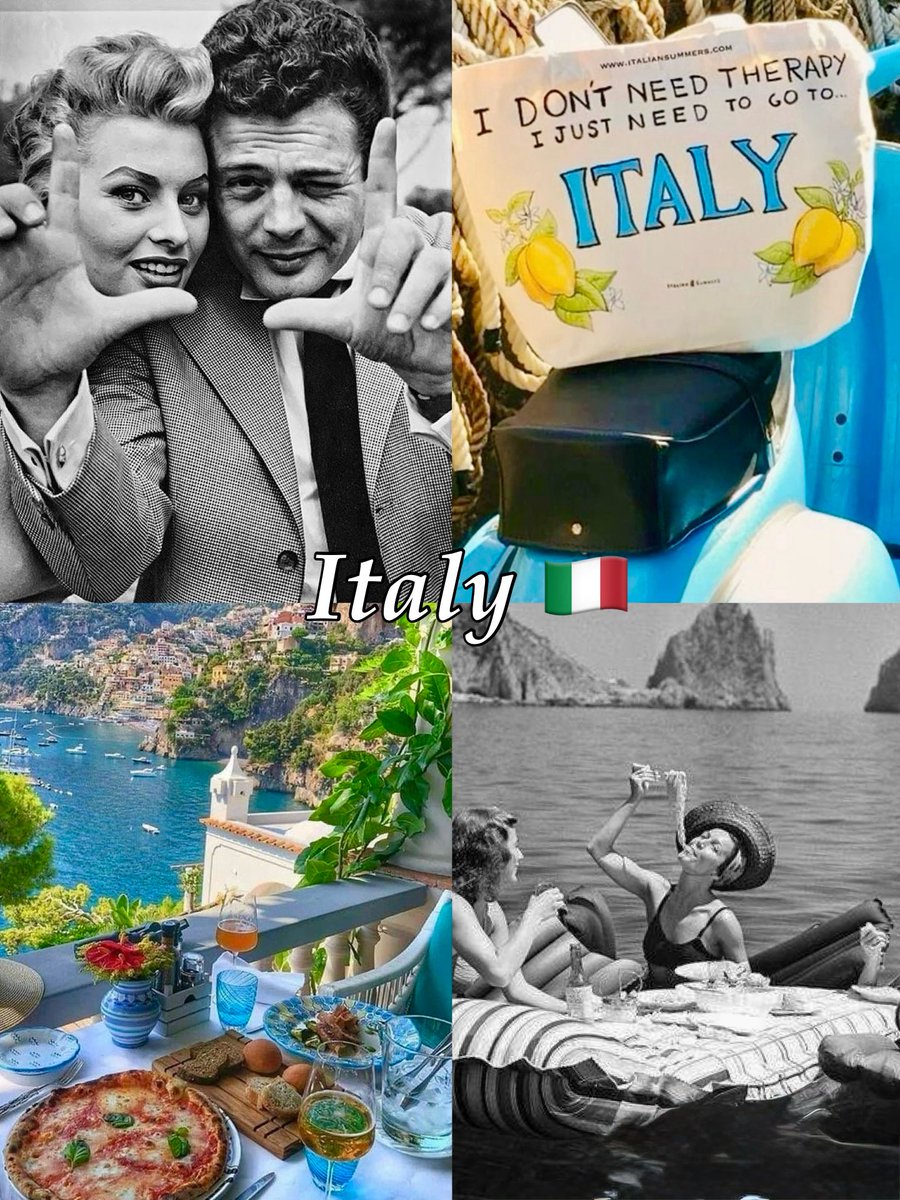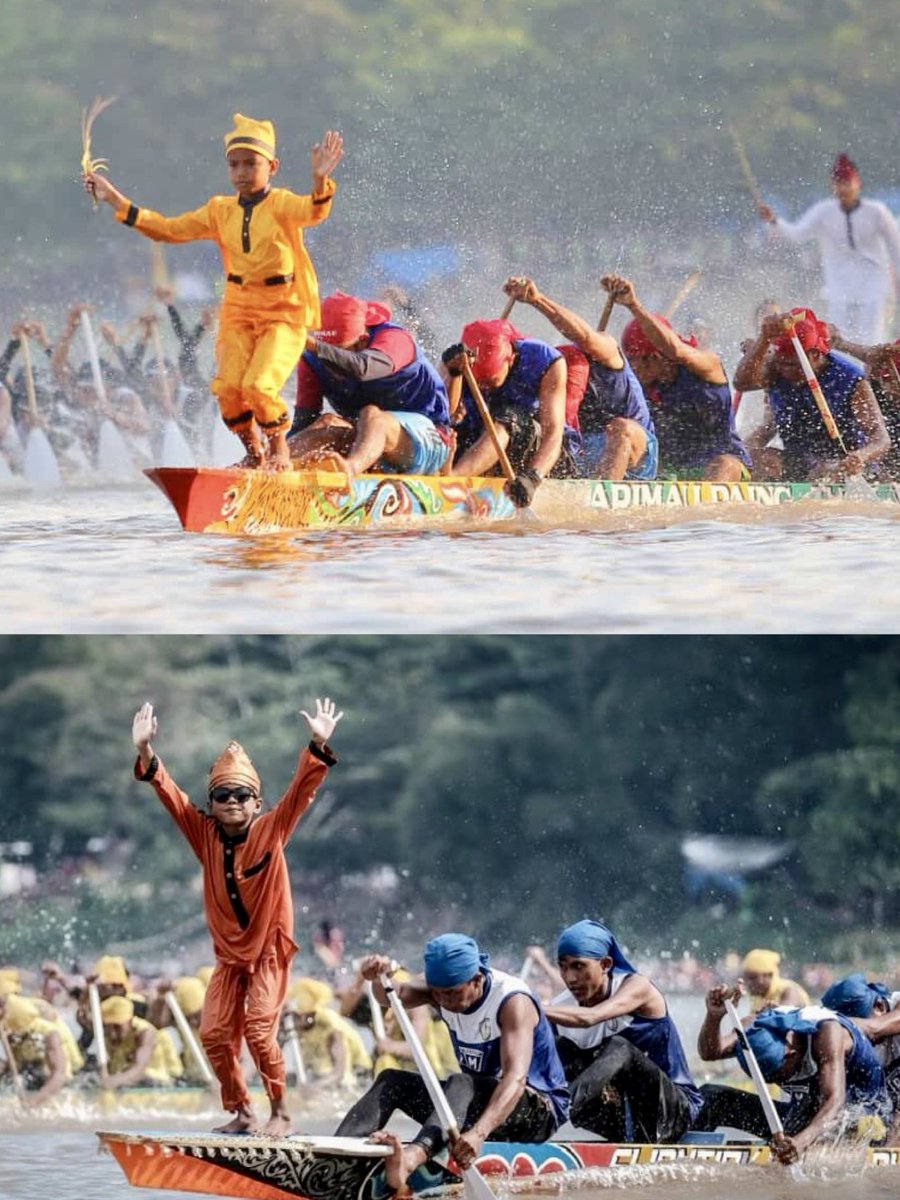This set of antique-style armor, made for both man and horse, is one of the most richly decorated pieces of armor from the 16th century
It belonged to Alessandro Farnese, son of Ottavio Farnese and Margherita of Parma, the illegitimate daughter of Emperor Charles V
It belonged to Alessandro Farnese, son of Ottavio Farnese and Margherita of Parma, the illegitimate daughter of Emperor Charles V
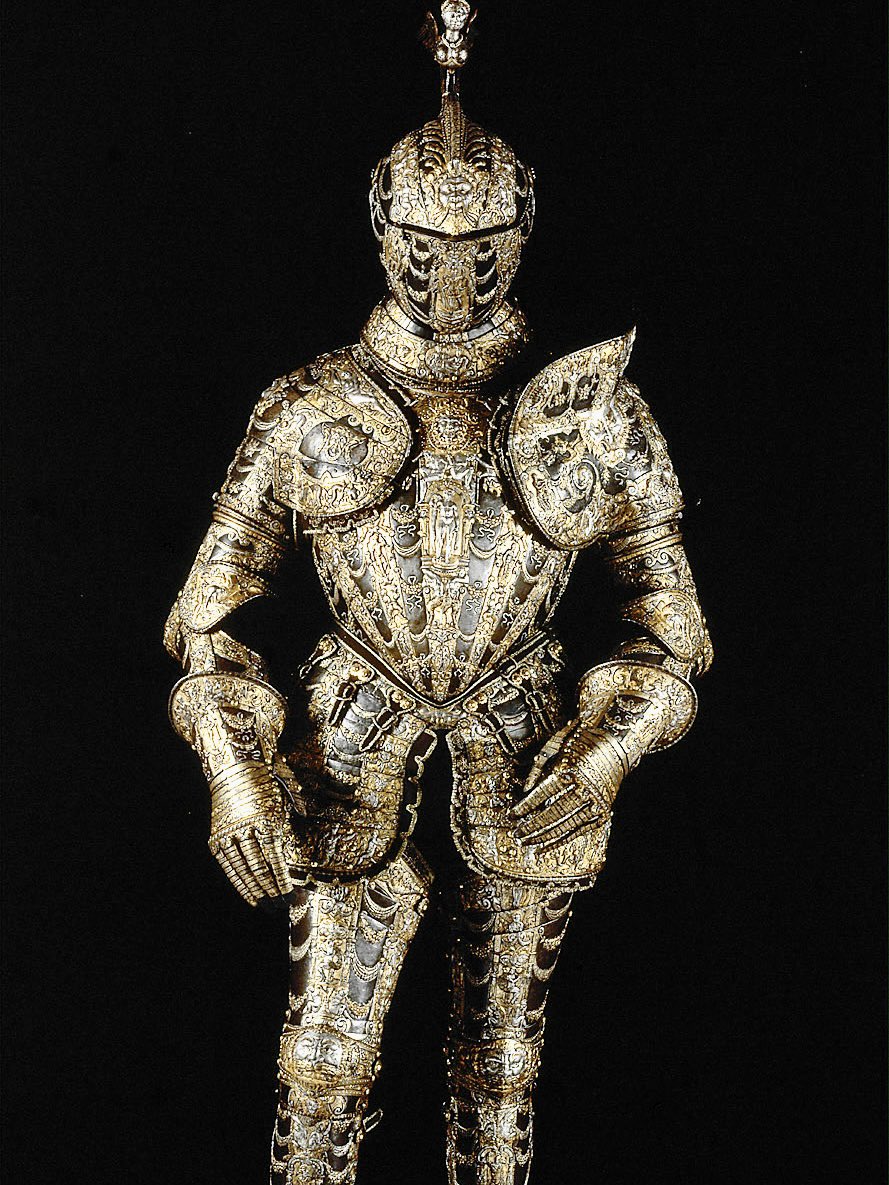
The armor was created between 1576 and 1580 and is the work of a Milanese master, possibly Lucio Piccinino
The designs were made by Andrea Casalini, a goldsmith active at the court of Parma
The designs were made by Andrea Casalini, a goldsmith active at the court of Parma

Ten of his detailed preparatory drawings for this armor have survived, located in Paris, New York, Hamburg, and Vienna
Sources suggest that the commission for the armor did not come from Alessandro himself, but from his father, Ottavio
Sources suggest that the commission for the armor did not come from Alessandro himself, but from his father, Ottavio

The set is almost completely preserved. It includes a knight’s armor with a tournament reinforcement on the left shoulder and horse armor consisting of a front plate and saddle
The set also includes an oval shield, a gorget, and a mace, although these differ in style
The set also includes an oval shield, a gorget, and a mace, although these differ in style

Alessandro Farnese assumed the government of the Netherlands after the death of Don John of Austria in October 1578
Already at that time, in 1577/78, Archduke Ferdinand II of Tyrol had corresponded regarding the shipment of the armors belonging to his two relatives
Already at that time, in 1577/78, Archduke Ferdinand II of Tyrol had corresponded regarding the shipment of the armors belonging to his two relatives

The set was displayed in the second armory of Ambras Castle, where in 1596 it was described as ‘a majestic armor on the horse of the Duke of Parma… on the head a harp, silver and gilded” ✨ 

• • •
Missing some Tweet in this thread? You can try to
force a refresh

